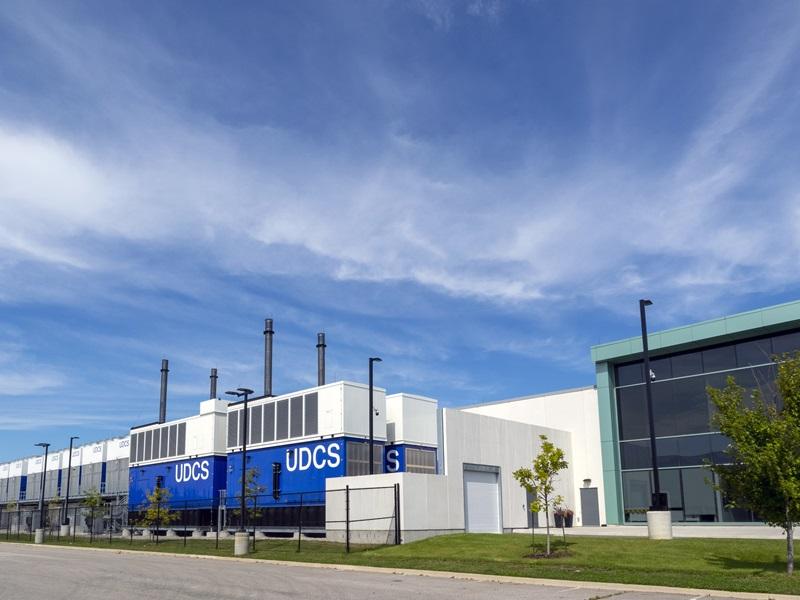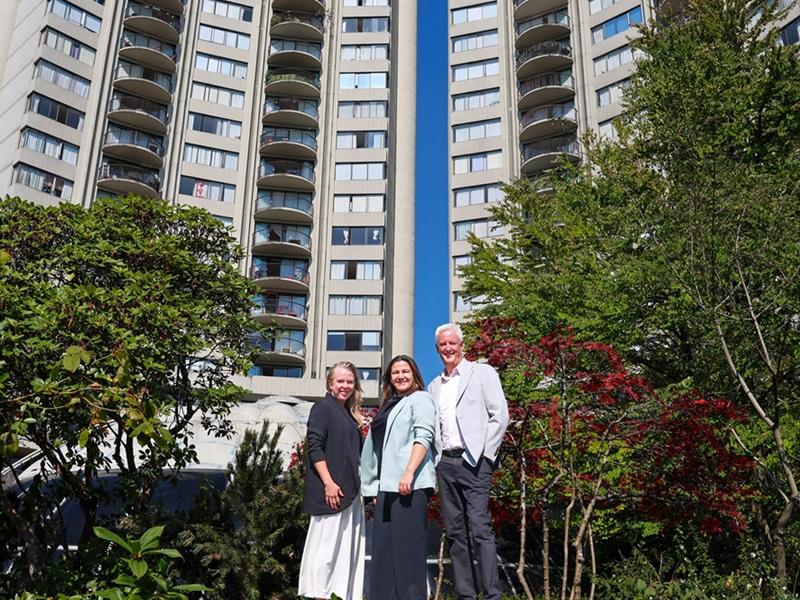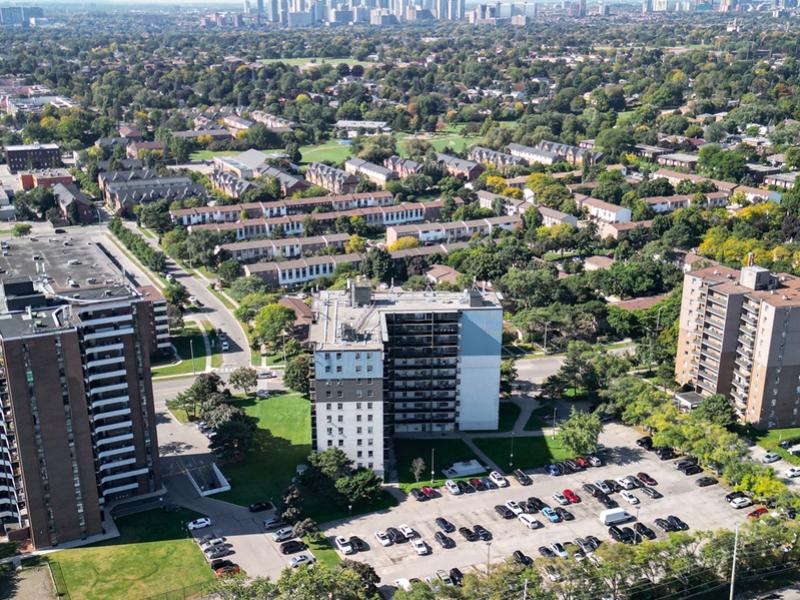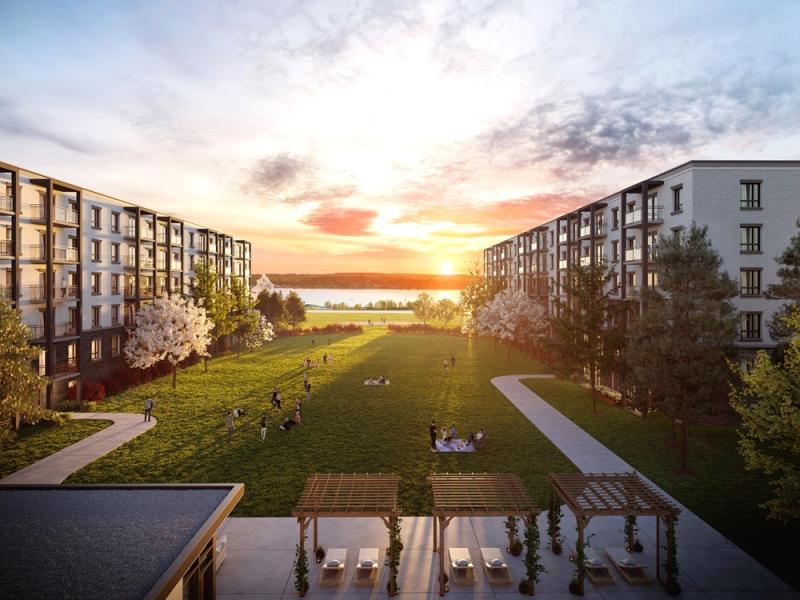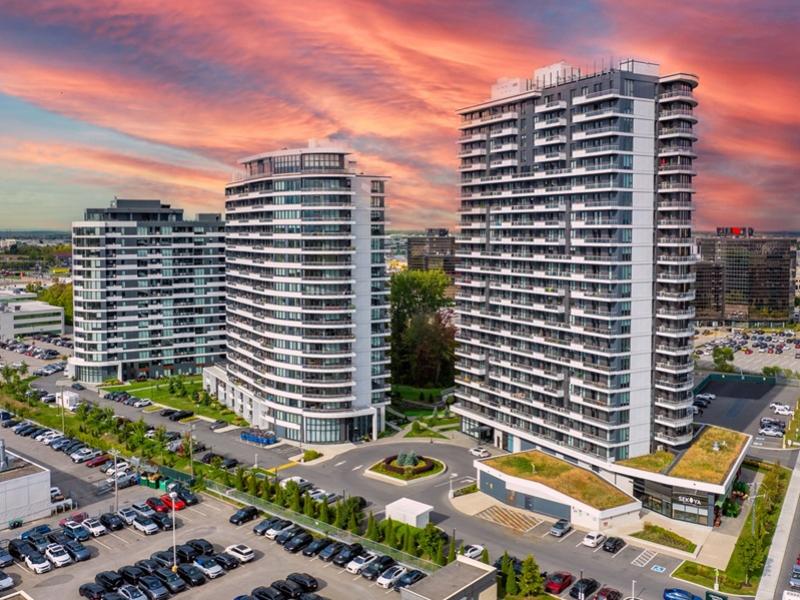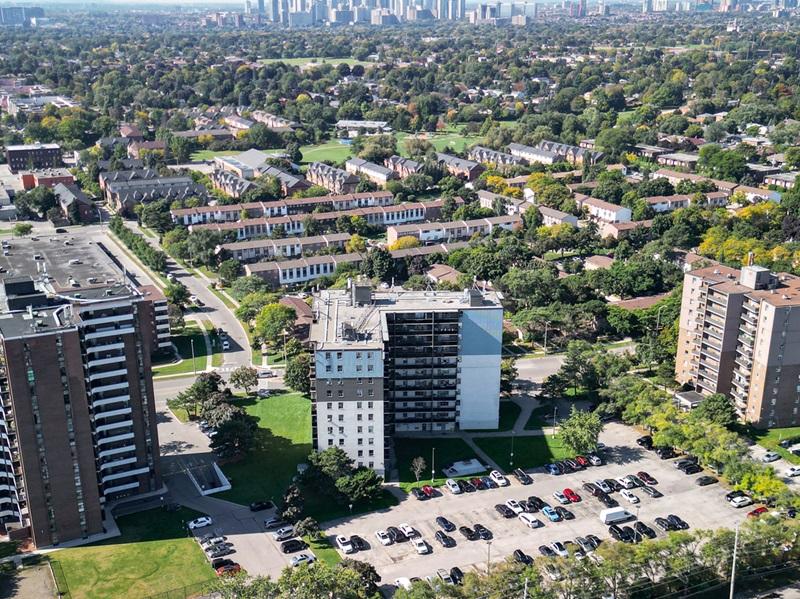
Multifamily transaction volume in the Greater Toronto Area (GTA) was $2.4 billion in 2024, and brokers are forecasting a strong finish to 2025 that could see investment activity match or surpass that figure.
CBRE Capital Markets’ national investment team has sold 10 multifamily buildings with a combined total of approximately 1,500 units for $370 million over the past year in the GTA. There is much more to come.
“In our book of business, we have approximately $500 million worth of properties lined up to close in the third and fourth quarters,” Venkat Ramadoss, director of investment for CBRE Capital Markets’ national investment team, told RENX.
“We are currently marketing another $250 million worth of multifamily properties.”
There was $698 million in GTA multifamily sales through the first half of this year, including $490 million in the second quarter, according to Avison Young’s Q2 2025 Greater Toronto investment review. The biggest deal of the quarter was GWL Realty Advisors’ sale of a two-building, 416-unit portfolio at 2 and 4 Silver Maple Ct. in Brampton to Lankin Investments for $132 million.
Rents and capitalization rates
A lot of recently completed condominium units have been put on the rental market, which has pushed rents down. Yields, however, are moving up to compensate, CBRE Canadian Capital Markets president Peter Senst told RENX in the same interview.
Ramadoss said capitalization rates for multifamily buildings were around three per cent before 2023 but have now moved up to the 4.5 to 4.75 per cent range.
“Average yields are starting to look attractive enough now, compared to where you would finance, so the leverage looks better and better,” Senst said. “We're seeing more global capital and we're seeing high-net-worth capital coming into the market to fill the void. This will lead to Canadian institutions coming back.”
The price per door
Prices for well-maintained, institutionally owned multifamily buildings are in the mid- to high $300,000s per door, according to Ramadoss, while privately owned units, where not a lot of work has been done and rents are well below market rates, are selling for $250,000 to $275,000 per door.
“It's been a really attractive playing field for the big U.S. private equity firms, some of the global open funds and some high-net-worth Canadians,” Senst explained.
“The way we find premium pricing today is the one-off trades involving private capital. They're the ones prepared to pay lower returns with tighter cap rates than some of the institutions, who want a bigger risk premium.”
Ottawa-based InterRent REIT owned and operated 123 apartment properties with 13,435 units in the GTA, Montreal, Vancouver and Ottawa at the end of 2024. It has agreed to be acquired by CLV Group and Singapore’s GIC sovereign wealth fund in a cash deal that values the trust at about $4 billion.
The deal, which is expected to close in November or December, is a good example of the interest in the asset class.
Of the 13 GTA multifamily deals that CBRE has brokered this year, Ramadoss said nine have involved global investors.
Multifamily is resilient
The multifamily asset class should be resilient once the market gets through the current uncertainty that’s been increased by United States-imposed tariffs. There’s little new development happening now, which will likely worsen Canada’s housing shortage and drive up rents.
“It could be 18 months or it could be 24 months, but you will see a palpable difference in the environment for rent growth and how that all looks going forward,” Senst predicted.
“Anything that was condo is going to have to go to purpose-built rental now because you just can't sell these units. So there is more purpose-built likely coming.”
Other major Canadian cities
Senst said Vancouver has had problems on the land value side that has somewhat muted multifamily transaction activity.
However, Avison Young’s H1 2025 British Columbia investment review said approximately 20,000 purpose-built rental units were under construction midway through this year in Vancouver, a sharp increase from the 10,000 added in the entire 2011 to 2021 decade. The market remains buyer-friendly, with more acquisition opportunities than in recent years.
Strong sales volumes are expected in Calgary through the rest of 2025 and momentum is building in Montreal after a slower start to the year.
“For all the major markets in Canada, the second half is poised to be better than the first,” Senst said.
A lot of the apartments being sold in Calgary and Montreal are new builds because they have more merchant builders erecting mid-rise buildings and then selling them, whereas most developers in the GTA build to own and operate.
CMHC and multi-family lending
Eighty-eight per cent of multi-family lending involves the Canada Mortgage and Housing Corporation (CMHC), according to Senst, but it’s facing some funding constraints and obtaining its loans can be time-consuming. That could lead to conventional lenders becoming more involved again as CMHC potentially loses a bit of its appeal.
“People go to CMHC because interest rates are lower and amortization periods are longer, and that gives them more cash on cash yield,” said Ramadoss. “But they're paying a hefty premium at the outset to compensate for that.
“People are evaluating the need to spend six to eight months working through CMHC's underwriters and questions and timelines. If I'm looking to do something very quick, I might pay that little bit of extra interest and go for conventional. That’s starting to come into people's minds.”


